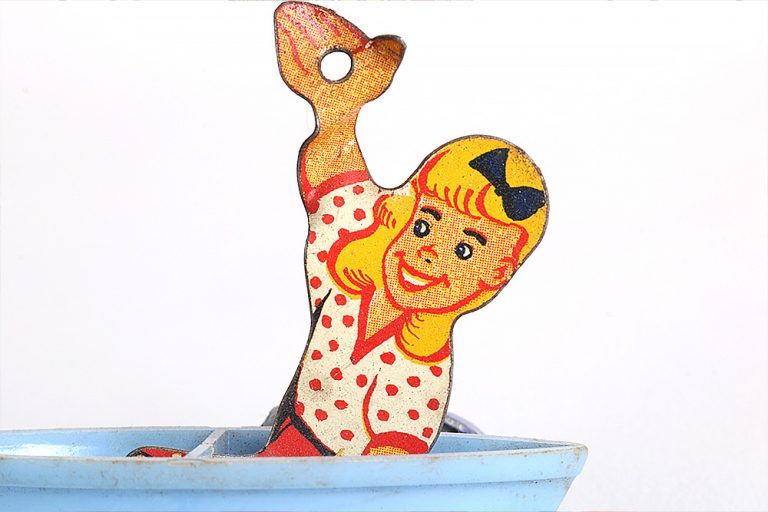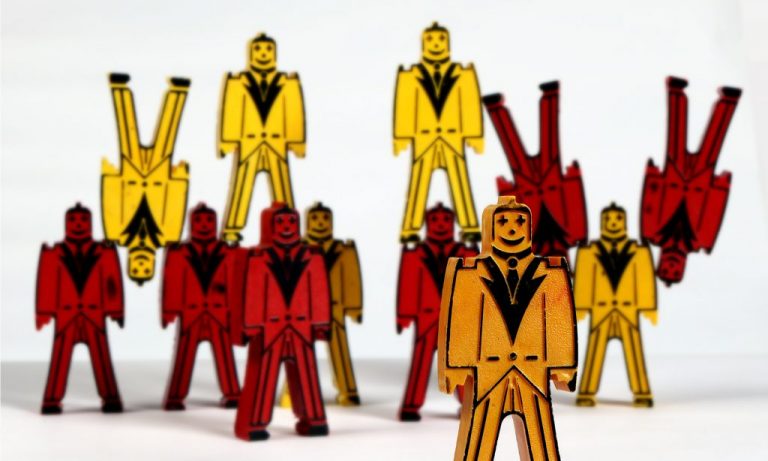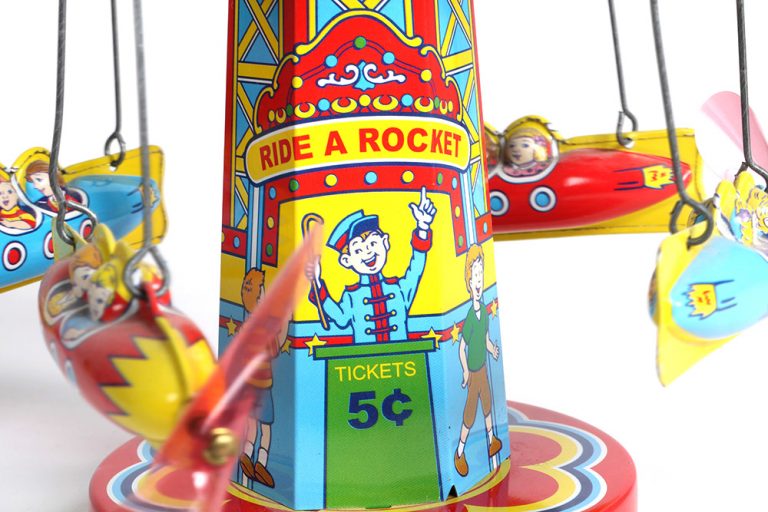Challenging Larger Competitors
Is your business a challenger brand?
By definition, a challenger brand is any company or product brand that is not the industry leader. So odds are, you’re probably a challenger brand. Of course that position can be up for interpretation. What makes an industry leader? Is it name recognition? Is it sales? Is it profitability? And all of those can slide around based on region, demographics, and so forth.
For instance, we had a client who was number one in their product category, so technically they were that industry’s leader. But all of the other competitors were more established and larger in overall size if you counted all of their products. And they definitely had deeper pockets to invest into their marketing efforts than our client did. So although our client could be considered the industry leader, based on one specialized product, we still worked with them as if they were a challenger brand.
We believe there is a playbook for being a challenger brand that can help you grow your business against larger competitors. We’ve used these theories over and over to great success. Here they are:
Step 1: Neutralize the competitor’s advantage.
If you were the bigger competitor with the leadership position, what would you do? Probably make it look like you were the only smart choice by flaunting your position. You should have market advantages: You might have more reliability because you’ve been doing it longer. You might have a price advantage because you have economies of scale. You might have better distribution just because of your larger network.
In the world of online shopping, where people research and look at reviews, this brand leadership becomes even more valuable. Some products are simply advertised as “the best seller on Amazon”. As a leader, you use this to your advantage.
So if you’re the challenger, what do you do? First of all, you need to figure out what are these top items that resonate with your audience. Figure out what rationale people may play in their minds that would move them towards picking the leader in the category. Then you neutralize that position.
If the factor is price, you neutralize that by talking about value. You’re not as cheap because you’re better. If the factor is reliability you neutralize it by sharing why yours is more reliable and perhaps create a warranty that is better than the leader’s. Whatever the main advantage that the leader has, your first step is to neutralize it.
Now you don’t have to address every single issue that might be considered. Find the one or two things that are the biggest factors and play to those.
And of course, if you have an advantage of your own, make sure to introduce that at the same time. And don’t forget, being smaller can be an advantage.
Step 2: Look the part
Part of being “just as good” is to make sure the marketing efforts show a competent company brand. If you’re fighting for a position in the mind of the consumer that is equal to the leader’s, then you can’t come across as a cheap wannabe. Your brand image must be quality.
Often, our first recommendation is to use a real photographer (don’t use stock) to develop pieces for your brochures and website. At the same time, have a professional designer evaluate your logo, signage, and other imagery that conveys your brand’s position. Step up to the plate and become a real player if you’re not there already. If you truly want to compete with a larger company, this is a must.
The good news is that it is easier, and cheaper, than ever to do this. Today is the golden age of being able to look like a multimillion dollar company while only spending pennies on the dollar to get there.
You can create a TV spot and show it on your website and on YouTube and never have to pay for actual TV time. There are talented people that can create some quality pieces for you that don’t cost an arm and leg, the technology is so good and so cheap that the cost of equipment isn’t a factor any more. It really is just finding the right talent to make it happen.
You can create a brochure and never have it printed, it can all be electronic and sent out as a pdf via email or put on your website. And of course a website can be created using a pre-existing template and look absolutely great, and perhaps can be done in a day (depending on the complexity of the site.) But once again, although the cost of the technology is cheap, you still need some talented people to pull these together to make them look professional. People that know what they are doing make all of the difference.
Step 3: Make an emotional association
All purchases are emotional in that people buy what they want to buy, and often that is directly related to who they want to buy from. So rationale thinking only goes so far. People will create reasons in their mind to meet their underlying desires.
If you’re the challenger brand, what is it that makes it so that your customers will relate to you? So the third step in competing against a bigger competitor is to be or associate with something that your customers want to be part of.
We’ve worked with independent seed companies selling to farmers that were competing with much bigger multinational conglomerates. Most farms are still family-owned. (That’s another discussion about farms that maybe we’ll get into in some other story, but for now let’s leave it that farms are complicated businesses, but still have family roots.) So the family-owned farms and farmers can relate to a smaller business that is also family-owned.
In our example, to neutralize any perceived advantages of the bigger competitor, we shared that our company’s seed is just as good of quality and the results of planting our seed would be just as good if not better, we then related to the customers on an emotional level. So for our farmer customers, we made sure they knew that we were just like them. We can trace our history back to the parents and grandparents that started the company. We have several generations that are following in our footsteps. They can trust us because we’re part of the same community.
In our example, this is a “like us” scenario: Like us for being like you.
But that’s just one way to make an emotional bond. Belief systems are strong bond creators. If people believe in something, and you are associated with that belief, you can become part of their community.
Step 4: Brand elevation
This fourth step is taking the brand beyond just a maker of products (or services). We’re looking for that elevation that might be compared to cult status. (Don’t think of it in a nefarious way.) You can be very successful with the first three steps, but the fourth step is the idea of creating something of desire that people want to be part of. So being that elevated brand leader means that people want to be part of the brand beyond just buying your products. They want to wear shirts with your logo on it. They want to listen to speakers from your company. They want to be the first to own your next product. They are the evangelists that are telling everyone else about you.
How do you reach this status? By being different and creating value. So first of all, if you’re like everyone else, you probably will never reach this status. You need to pound a stake into the ground and have some meaning beyond the product. What is it that you stand for? What is it about you that people will say “that’s right!”
A lot of people will immediately think of this as a social position. It can be, but it doesn’t have to be. It can be something like “we are the company for people who really like to wear cool hats”. If there are enough people that want to be known as a person who wears cool hats, then perhaps that is a good position. Won’t change the world, but that’s okay.
Being the challenger brand is fun
In our opinion, it is more fun to be the challenger brand than it is to be the industry leader. But we’re marketing people and marketing people always love a challenge. If you currently are a challenger brand, we hope that you found a tip or two here to help you strategize your efforts to become the leader.
© 2020 Randy Gunter




